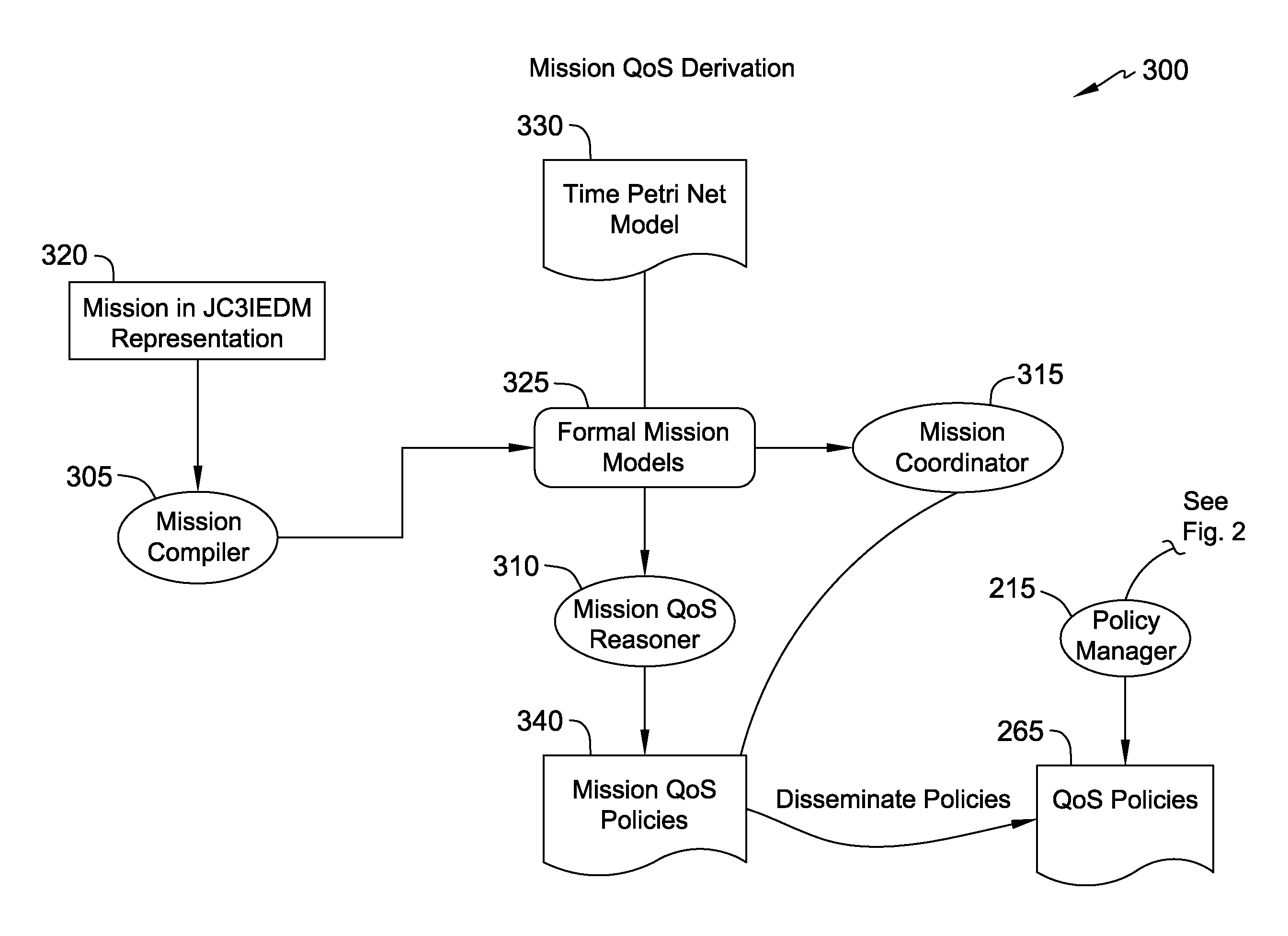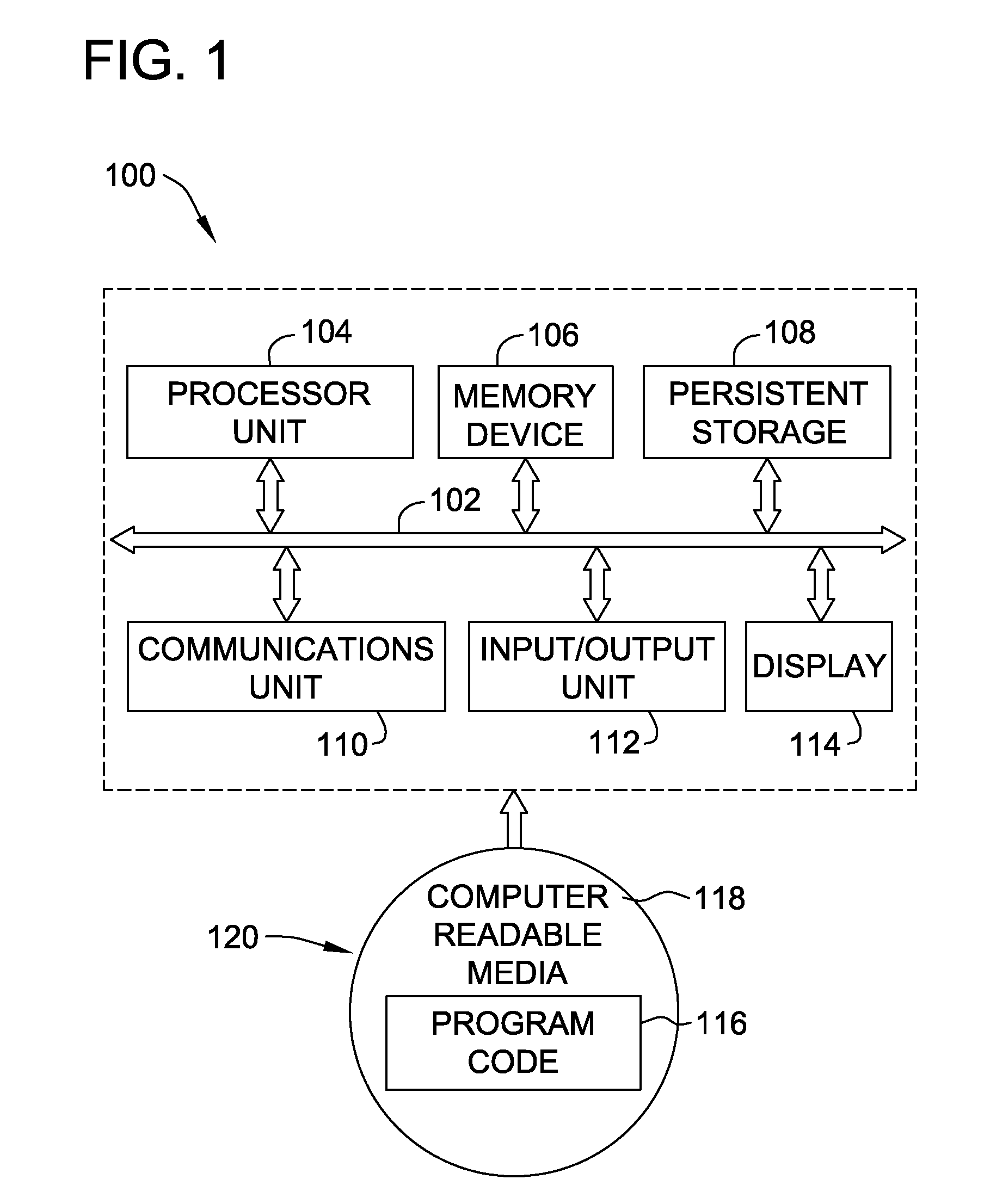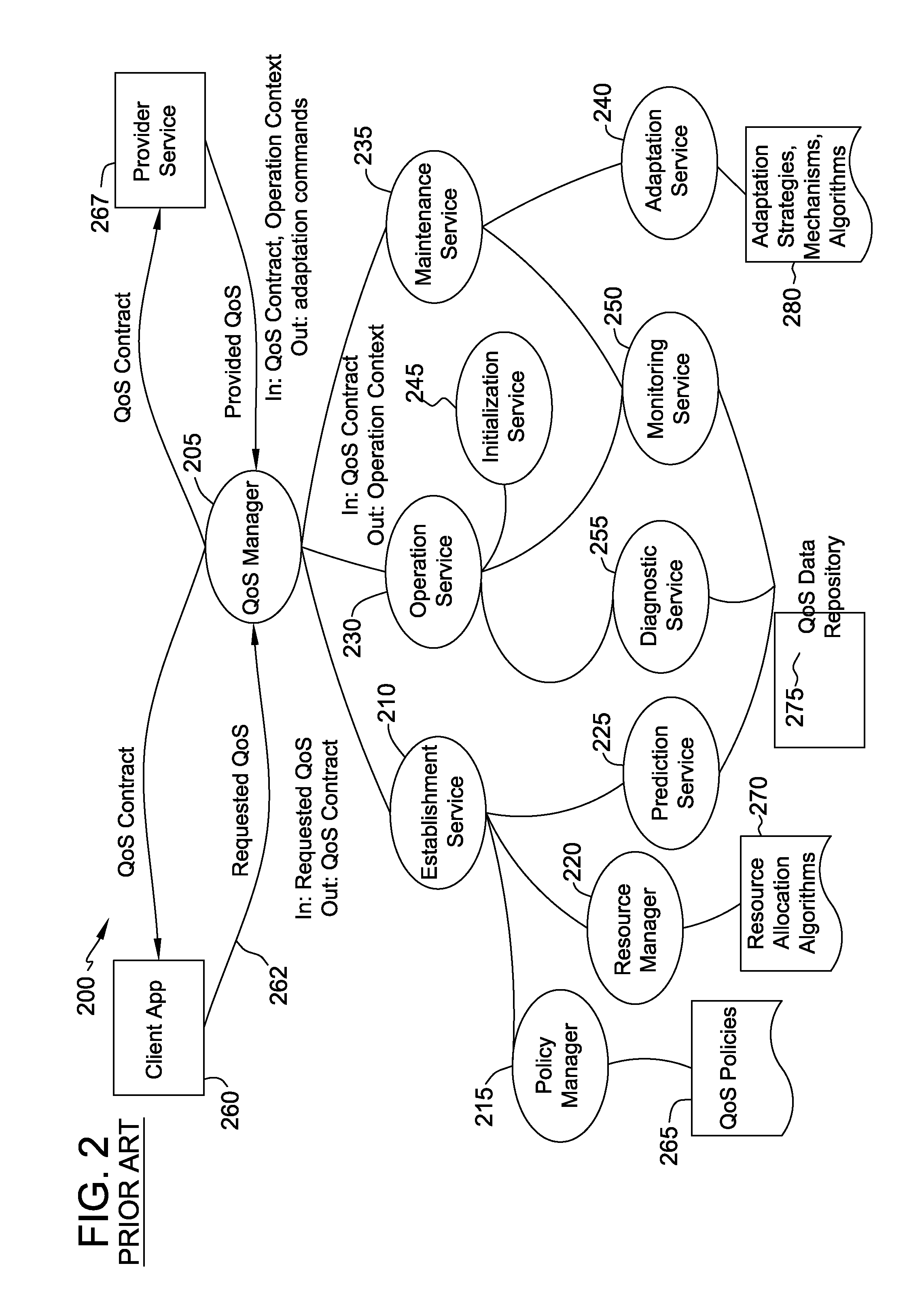Methods and systems for mission-driven quality of service management
a quality of service and management technology, applied in the field of mission systems, can solve the problems of manual effort as well as a potential for delay and human error, difficult to update and respond to changes in the missions it supports, and the approach does not scale well to large scale complex distributed mission systems
- Summary
- Abstract
- Description
- Claims
- Application Information
AI Technical Summary
Benefits of technology
Problems solved by technology
Method used
Image
Examples
Embodiment Construction
[0027]Methods and systems described herein manage Quality of Service (QoS) using Time Petri Net (TPN) models for networked mission critical systems (NMCSs), deriving, enforcing, and / or adapting QoS policies based on mission requirements.
[0028]In exemplary embodiments, mission actions and the functional and temporal associations between such actions are automatically extracted from a mission representation and represented in a formal TPN model by a Mission Compiler. QoS policies are derived by a Mission QoS Reasoner based on the TPN model using reasoning techniques to determine the urgency and importance values of individual actions. The correctness and traceability of runtime actions to mission requirements are provided through formal models and reasoning techniques. QoS policies are seamlessly and in real time communicated to the runtime QoS management system on distributed systems for enforcement.
[0029]Exemplary embodiments are implemented using computing devices. FIG. 1 is a bloc...
PUM
 Login to View More
Login to View More Abstract
Description
Claims
Application Information
 Login to View More
Login to View More - R&D
- Intellectual Property
- Life Sciences
- Materials
- Tech Scout
- Unparalleled Data Quality
- Higher Quality Content
- 60% Fewer Hallucinations
Browse by: Latest US Patents, China's latest patents, Technical Efficacy Thesaurus, Application Domain, Technology Topic, Popular Technical Reports.
© 2025 PatSnap. All rights reserved.Legal|Privacy policy|Modern Slavery Act Transparency Statement|Sitemap|About US| Contact US: help@patsnap.com



